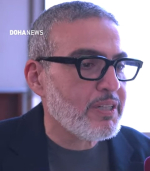Media
-
 Donald Trump sues BBC for £7.5bn over edited January 6 speech
Donald Trump has launched a £7.5 billion lawsuit against the BBC, accusing the public broadcaster of defamation and deceptive editing in a documentary examining the January 6, 2021, attack16 December 2025Read More...
Donald Trump sues BBC for £7.5bn over edited January 6 speech
Donald Trump has launched a £7.5 billion lawsuit against the BBC, accusing the public broadcaster of defamation and deceptive editing in a documentary examining the January 6, 2021, attack16 December 2025Read More... -
 Daily Mail owner agrees £500m deal to acquire Telegraph titles
The publisher of the Daily Mail has struck a £500 million agreement to buy the Telegraph newspapers, bringing an end to months of uncertainty over the titles’ future ownership.22 November 2025Read More...
Daily Mail owner agrees £500m deal to acquire Telegraph titles
The publisher of the Daily Mail has struck a £500 million agreement to buy the Telegraph newspapers, bringing an end to months of uncertainty over the titles’ future ownership.22 November 2025Read More... -
 BBC reports £1.1bn loss as licence fee income falls amid viewer exodus
The BBC has recorded a £1.1 billion loss as growing numbers of viewers either cancel or fail to pay the TV licence fee, according to a new parliamentary report.21 November 2025Read More...
BBC reports £1.1bn loss as licence fee income falls amid viewer exodus
The BBC has recorded a £1.1 billion loss as growing numbers of viewers either cancel or fail to pay the TV licence fee, according to a new parliamentary report.21 November 2025Read More... -
 Trump says he still plans to sue BBC, despite its apology
Donald Trump says he’s moving forward with legal action against the BBC next week, even though the broadcaster has already apologised for misleadingly editing one of his speeches.15 November 2025Read More...
Trump says he still plans to sue BBC, despite its apology
Donald Trump says he’s moving forward with legal action against the BBC next week, even though the broadcaster has already apologised for misleadingly editing one of his speeches.15 November 2025Read More... -
 BBC apologises to Trump for edited Panorama clip — but says it won’t pay damages
The BBC has apologised to US President Donald Trump after a Panorama episode stitched together parts of his 6 January 2021 speech in a way that could imply he was directly calling for14 November 2025Read More...
BBC apologises to Trump for edited Panorama clip — but says it won’t pay damages
The BBC has apologised to US President Donald Trump after a Panorama episode stitched together parts of his 6 January 2021 speech in a way that could imply he was directly calling for14 November 2025Read More...

Culture
-
 Government announces academy trust inspections to strengthen school accountability
New academy trust inspections to boost transparency for parents and strengthen outcomes for childrenRead More...
Government announces academy trust inspections to strengthen school accountability
New academy trust inspections to boost transparency for parents and strengthen outcomes for childrenRead More... -
 Cumbrian animated flood film scoops international science award
A short animated film featuring a red squirrel from Cumbria has won an international education award, shining a global spotlight on how trees can help tackle floodingRead More...
Cumbrian animated flood film scoops international science award
A short animated film featuring a red squirrel from Cumbria has won an international education award, shining a global spotlight on how trees can help tackle floodingRead More... -
 Inside an immersive Guildhall Art Gallery exhibition inspired by the London Tube
The sensory world of the London Tube is brought vividly to life in a new immersive exhibition at Guildhall Art Gallery, uniting painter Jock McFadyen RA with musicianRead More...
Inside an immersive Guildhall Art Gallery exhibition inspired by the London Tube
The sensory world of the London Tube is brought vividly to life in a new immersive exhibition at Guildhall Art Gallery, uniting painter Jock McFadyen RA with musicianRead More... -
 Researchers uncover ‘lost geometric code’ embedded in Oxford and Britain’s historic buildings
Researchers say they have uncovered a long-forgotten geometric code woven into some of Britain’s most famous historic buildings, including landmarks in Oxford.Read More...
Researchers uncover ‘lost geometric code’ embedded in Oxford and Britain’s historic buildings
Researchers say they have uncovered a long-forgotten geometric code woven into some of Britain’s most famous historic buildings, including landmarks in Oxford.Read More... -
 IWM Duxford to open new Second World War rooms revealing unseen artefacts and daily life of wartime pilots
IWM Duxford is set to open three newly restored Second World War spaces, offering visitors an intimate look at the lives of aircrew stationed at the Cambridgeshire airfield during the conflict.Read More...
IWM Duxford to open new Second World War rooms revealing unseen artefacts and daily life of wartime pilots
IWM Duxford is set to open three newly restored Second World War spaces, offering visitors an intimate look at the lives of aircrew stationed at the Cambridgeshire airfield during the conflict.Read More... -
 War-torn Trafalgar Union Flag faces possible departure from UK
A rare Union Flag that led the British charge at the Battle of Trafalgar has been placed under an export bar, giving UK institutions the chance to keep the historic relic in the country.Read More...
War-torn Trafalgar Union Flag faces possible departure from UK
A rare Union Flag that led the British charge at the Battle of Trafalgar has been placed under an export bar, giving UK institutions the chance to keep the historic relic in the country.Read More... -
 Barbican to host Liam Young’s first UK solo exhibition in 2026
The Barbican has announced ‘In Other Worlds’, the first UK solo exhibition by artist, director and BAFTA-nominated producer Liam Young. Opening May 2026, the immersive show will exploreRead More...
Barbican to host Liam Young’s first UK solo exhibition in 2026
The Barbican has announced ‘In Other Worlds’, the first UK solo exhibition by artist, director and BAFTA-nominated producer Liam Young. Opening May 2026, the immersive show will exploreRead More... -
 The Manchester Museum displays thousands of African artefacts it knows little about
A museum in northwest England has unveiled a new gallery showcasing thousands of African artefacts, many of which the institution admits it knows very little about. The exhibition aims toRead More...
The Manchester Museum displays thousands of African artefacts it knows little about
A museum in northwest England has unveiled a new gallery showcasing thousands of African artefacts, many of which the institution admits it knows very little about. The exhibition aims toRead More... -
 Captain John Narbrough’s journal faces export ban amid fears it could leave the UK
A rare 17th-century manuscript journal documenting Captain John Narbrough’s secret expedition to Spanish America and the Pacific has been placed under a temporary export ban, giving UKRead More...
Captain John Narbrough’s journal faces export ban amid fears it could leave the UK
A rare 17th-century manuscript journal documenting Captain John Narbrough’s secret expedition to Spanish America and the Pacific has been placed under a temporary export ban, giving UKRead More... -
 Earliest evidence of human fire-making unearthed in Suffolk
A team led by the British Museum has uncovered what is now the earliest known evidence of humans deliberately making fire—dating back around 400,000 years—at a site in Barnham,Read More...
Earliest evidence of human fire-making unearthed in Suffolk
A team led by the British Museum has uncovered what is now the earliest known evidence of humans deliberately making fire—dating back around 400,000 years—at a site in Barnham,Read More... -
 Rothschild 15th-century prayer book set to fetch up to $7 million at Sotheby’s auction
Ultra-rare 15th-century mahzor features vivid medieval illustrationsRead More...
Rothschild 15th-century prayer book set to fetch up to $7 million at Sotheby’s auction
Ultra-rare 15th-century mahzor features vivid medieval illustrationsRead More... -
 Ray Winstone honoured with Freedom of the City of London
Ray Winstone, one of the UK’s most celebrated ‘hard man’ actors, has been awarded the Freedom of the City of London in recognition of his extensive charitable and fundraising work.Read More...
Ray Winstone honoured with Freedom of the City of London
Ray Winstone, one of the UK’s most celebrated ‘hard man’ actors, has been awarded the Freedom of the City of London in recognition of his extensive charitable and fundraising work.Read More...

British Queen celebrates
Most Read
- Teen held after US woman killed in London stabbings
- Heave-ho Harry! Prince prepares to join the walking wounded in ice trek to North Pole
- Football: Farhad Moshiri adamant Everton deal above board
- "Master of English Style". Interview with Designer Lydia Dart
- Letter to the Financial Times from Lord Mayor Alderman Michael Bear
Culture
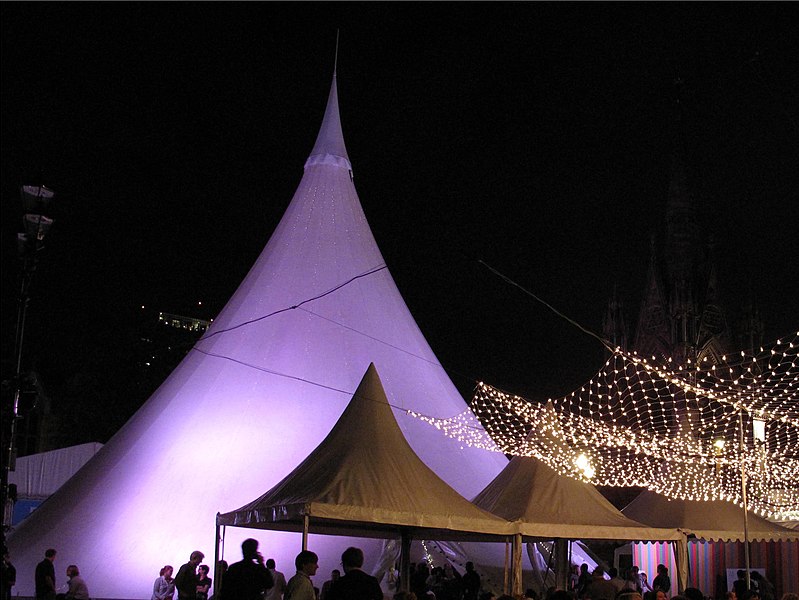
The highly anticipated Manchester International Festival is set to return from June 29 to July 16, showcasing an array of exciting new theatre, music, art, and more across venues throughout
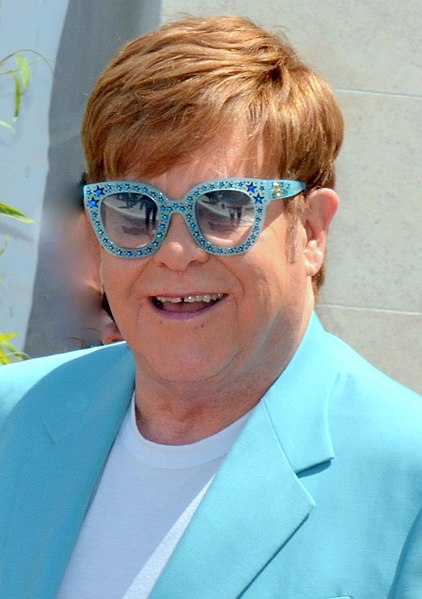
Elton John bid farewell to his millions of fans on Saturday night, assuring them that they would forever remain in his "head, heart, and soul" as he concluded his extensive farewell tour in
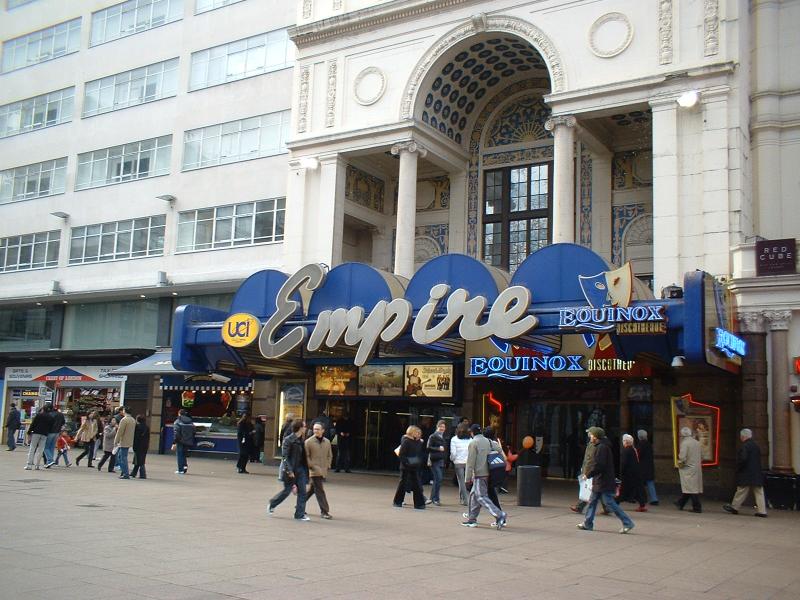
Empire Cinemas has collapsed into administration, resulting in the immediate loss of 150 jobs. Six cinemas within the chain have closed, while eight more are under threat.
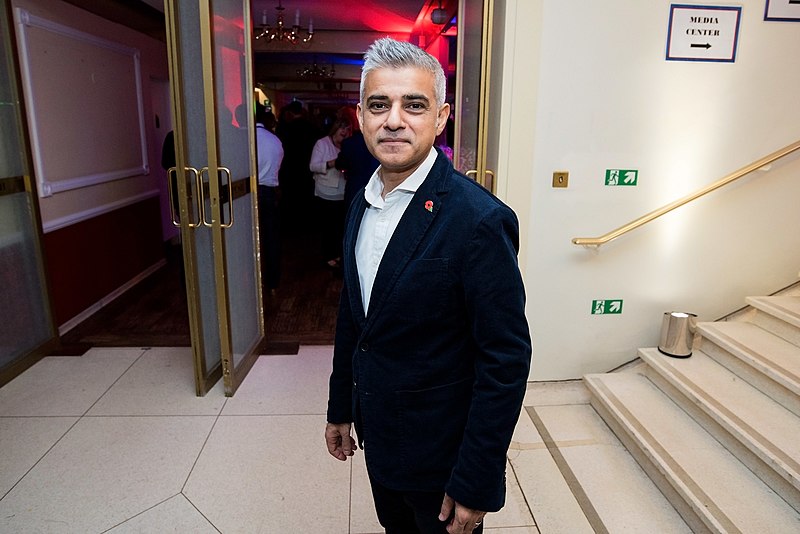
The Mayor of London, Sadiq Khan, today hailed the potential of the capital’s multi-billion pound TV and film industry to support the UK’s economy as he visited the newly renovated 3 Mills
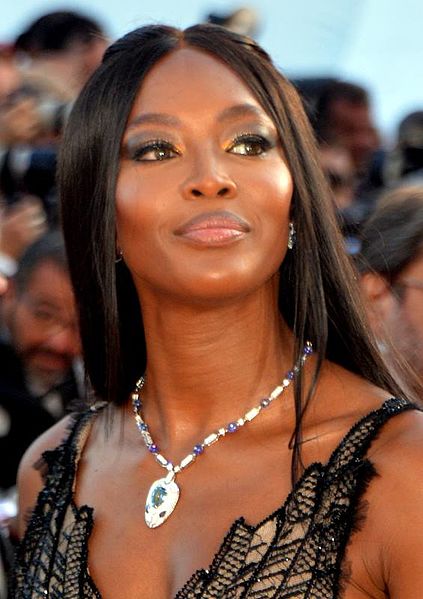
British fashion icon Naomi Campbell has shared the joyous news of welcoming her second child, a baby boy. At the age of 53, she took to Instagram to inform her followers, spreading the

The iconic Arcadia stage at Glastonbury comes alive as a colossal metal spider breathes fire into the night sky, while the beats of the Chemical Brothers electrify the crowd. What sets this year

Excitement filled the air as the King and Queen graced the second day of Royal Ascot, drawing cheers from the delighted crowd in attendance.

On her 77th birthday, the Duchess of Gloucester had the honor of presenting one of the initial trophies at Royal Ascot, adding a special touch to the event.
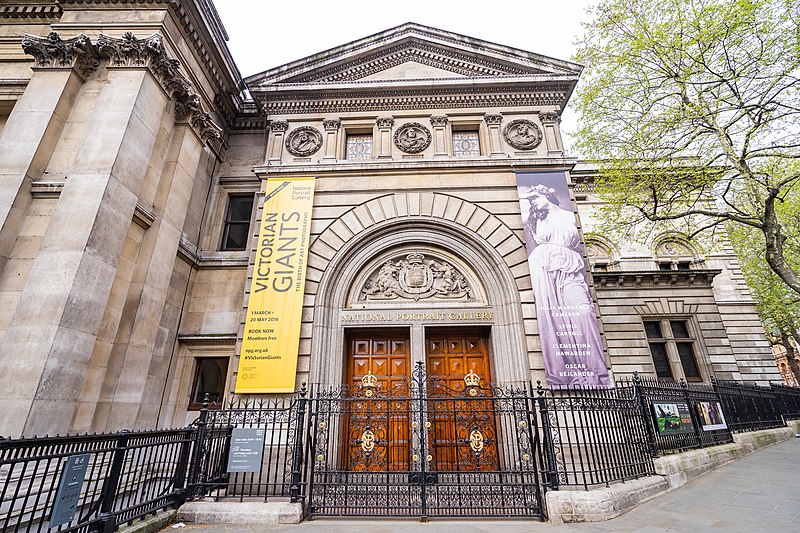
The National Portrait Gallery (NPG) in London, originally constructed in 1896, is set to reopen its doors on June 22, 2023, following a comprehensive transformation. Led by Jamie Fobert
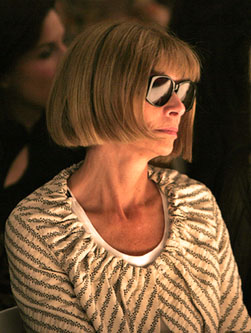
In a recent announcement, Vogue's Editor-in-Chief Anna Wintour, renowned author Ian McEwan, and esteemed immunologist and geneticist John Bell have been honored as Companions











